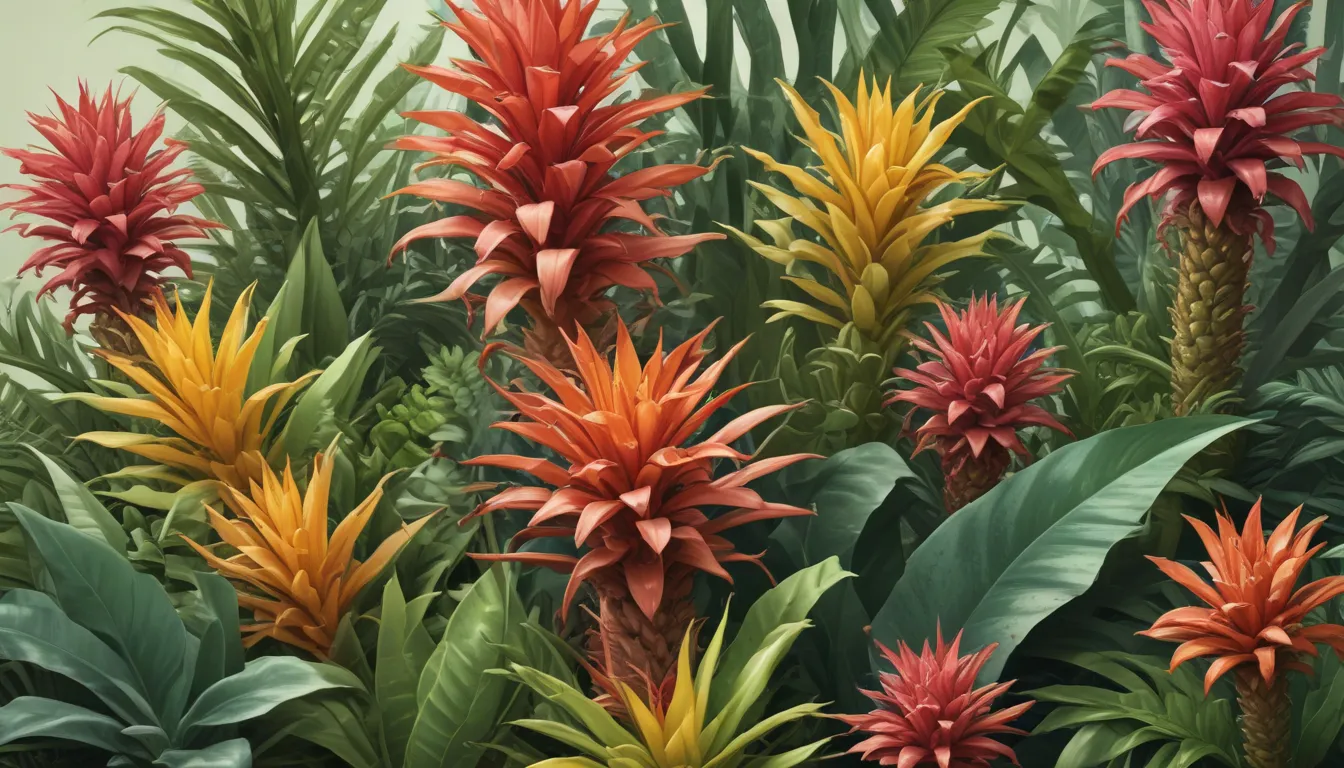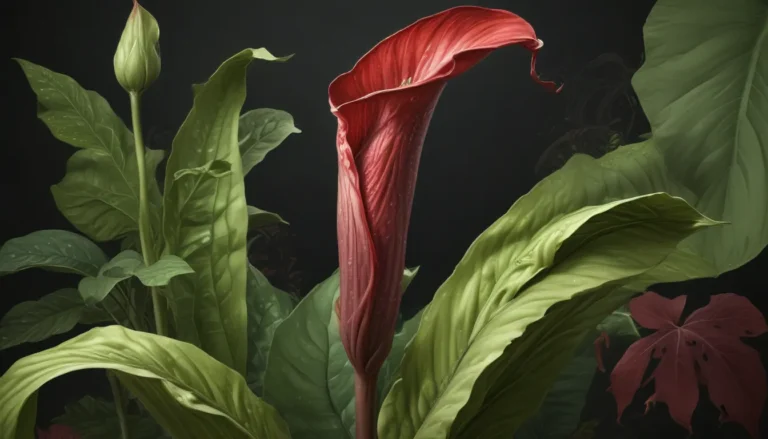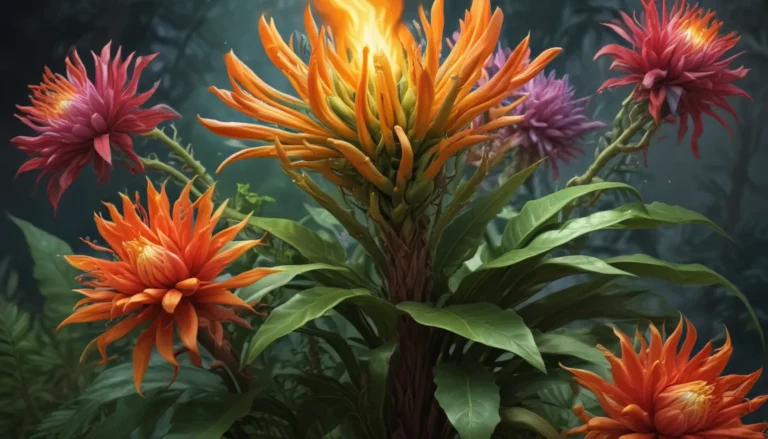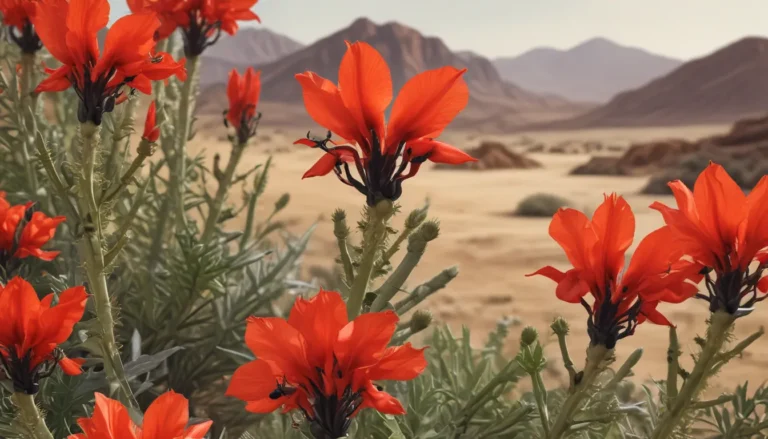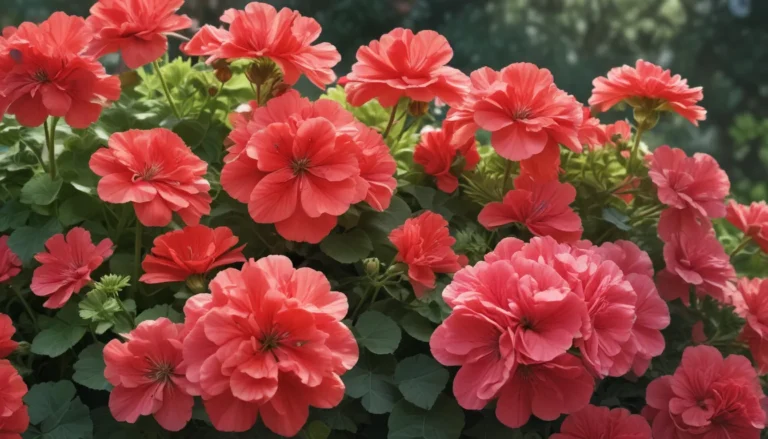The pictures we use in our articles might not show exactly what the words say. We choose these pictures to make you interested in reading more. The pictures work together with the words but don’t take their place. The words still tell you the important facts.
Bromeliads, a diverse family of plants known for their vibrant foliage and striking blooms, have captivated plant enthusiasts and researchers worldwide. From their unique adaptations to their cultural significance, these resilient plants offer a treasure trove of captivating characteristics waiting to be explored. Join us as we delve into 20 fascinating facts about bromeliads, shedding light on their ecological importance, captivating allure, and diverse beauty.
Exploring the Diversity of Bromeliads
- Shapes and Sizes: Bromeliads come in a wide range of shapes and sizes, from delicate, tiny species to large, imposing ones, showcasing an impressive variety of forms.
- Native to the Americas: Primarily found in Central and South America, as well as in the southern United States, bromeliads have established themselves as an integral part of these regions' ecosystems.
- The Legacy of Olof Bromelius: The name "bromeliad" is a homage to the Swedish botanist Olof Bromelius, underscoring his lasting impact on the world of botany.
Unique Adaptations and Characteristics
- Epiphytic Nature: Many bromeliad species are epiphytic, meaning they grow on other plants without being parasitic, showcasing their adaptability to diverse environments.
- Water Storage: Bromeliads have evolved to store water in their rosette-shaped leaves, allowing them to thrive in habitats with limited water availability.
- Vibrant Blooms: The long-lasting, vibrant flowers of bromeliads add a burst of color to any space, with hues ranging from fiery reds to electric purples.
Ecological Significance and Cultural Relevance
- Insect Trapping: Some bromeliad species are capable of trapping and digesting insects, a unique adaptation that sets them apart from other plant families.
- Biodiversity Support: Bromeliads play a vital role in supporting biodiversity and ecological balance in their native habitats, providing habitats and food for various creatures.
- Medicinal Uses: Certain bromeliad species have been used for medicinal purposes by indigenous communities, showcasing their multifaceted importance in traditional medicine.
Fascinating Facts and Notable Species
- The Pineapple Plant: The iconic pineapple plant, a well-known member of the bromeliad family, has become a familiar sight in grocery stores and kitchens worldwide.
- Cultural Significance: Bromeliads hold a rich cultural significance in the regions where they are found, featuring prominently in traditional art, folklore, and religious ceremonies.
- Air Plants: The Tillandsia genus, commonly known as air plants, is a popular type of bromeliad that requires no soil to grow, often displayed in creative arrangements.
Beauty and Resilience in Diverse Environments
- Adaptation to Varied Conditions: Bromeliads have adapted to thrive in diverse environments, from rainforests to arid deserts, showcasing their resilience and versatility.
- Botanical Illustration: Bromeliads have become popular subjects for botanical illustration and photography, thanks to their intricate forms and vibrant colors.
- Bioactive Vivariums: These plants are often used in bioactive vivariums for reptiles and amphibians, as their water-retaining capabilities make them ideal for creating realistic habitats.
A Testament to Beauty and Resilience
Bromeliads, with their captivating diversity and remarkable adaptations, continue to intrigue and inspire plant enthusiasts, researchers, and nature lovers worldwide. Whether adorning landscapes, brightening indoor spaces, or serving as essential ecosystem components, these plants embody both beauty and resilience. Their ability to thrive in varied environments, coupled with their unique characteristics, make them a compelling subject of study and admiration.
Conclusion: Enriching our Understanding of Bromeliads
Bromeliads are captivating plants that enchant with their unique characteristics and stunning beauty. From their diverse species to their remarkable adaptations, these plants have captured the attention of plant enthusiasts and researchers alike. Whether as ornamental plants or ecological marvels, bromeliads continue to intrigue and inspire. As we delve deeper into the world of bromeliads, we uncover a wealth of knowledge that enriches our understanding of these botanical wonders.
As you embark on this journey of discovery and appreciation for bromeliads, the remarkable secrets of these plants will unfold before you, offering a deeper insight into their unparalleled beauty and resilience in the natural world. And remember, each fact shared here is a testament to the dedication and passion of contributors like you who seek to unveil the wonders of nature.
We are committed to delivering trustworthy and engaging content that enriches your understanding of the world around you. Each fact shared on our site is contributed by real users like you, ensuring a diverse range of insights and information. Our dedicated editors meticulously review each submission to maintain the highest standards of accuracy and reliability, guaranteeing that the facts we share are not only fascinating but also credible. Trust in our commitment to quality and authenticity as you explore and learn with us.
